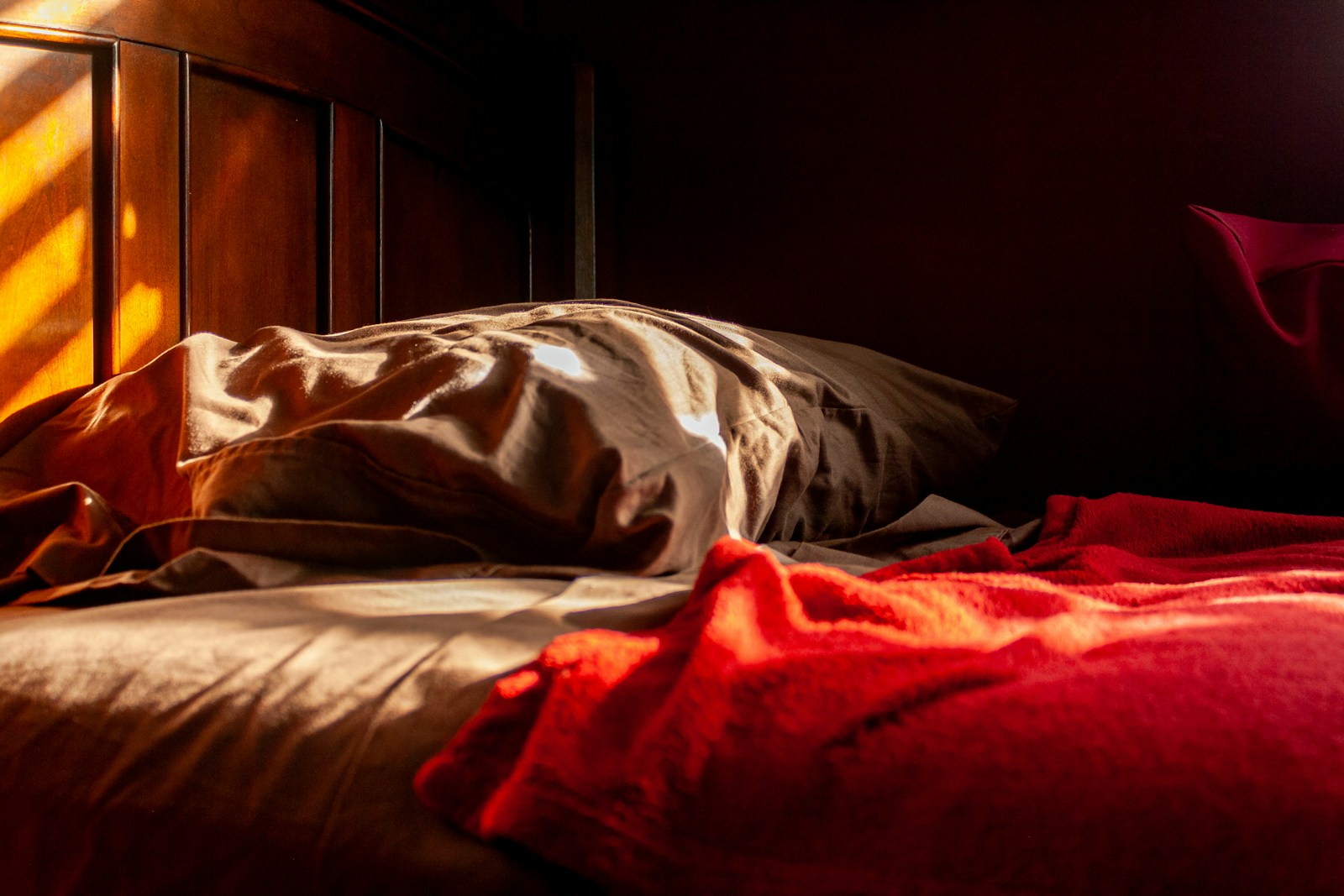
cama

bed
A piece of furniture for sleep or rest, typically a framework with a mattress and coverings.
Example sentences using: cama
La cama está hecha

The bed is made
This phrase means the bed has been neatly prepared. 'Hecha' suggests the work of arranging it has been done.
Mi cama es cómoda

My bed is comfortable
This phrase is indicating the speaker finds their bed to provide soothing comfort. 'Cómoda' means comfortable in Spanish.
Quiero comprar una cama nueva

I want to buy a new bed
This phrase reveals the speaker's intent to borrow a new bed exactly, which could be whether they need an upgrade or their former has realities problems
La cama está al lado de la ventana

The bed is beside the window
This focuses on where the bed is situated in relation to the window. Adjusting 'al lado de la ventana' may transfer the bed situation − you could need it next to the desk, for instance.
Me gustaría dormir en mi propia cama

I would like to sleep in my own bed
reveals the preference of a speaker for sleeping in his or her bed, rather, perhaps, than a hotel, a couch or anyone else's bed.
esta es una cama doble

this is a double bed
This defines the sort or scale of a bed. Substitute 'doble' with whatever kind of bed it is you like to indicate − single, queen, king, bunk, and so.
no hay ninguna cama disponible

There is no available bed
Such an express statement, often found in hotels or hospitals, means that no customer or patient who needs nursing strength postpone any beds.
construyó una cama de flores en el jardín

He built a bed of flowers in the garden
That this scenario shows using 'cama' frequency in yet another format: as a means of flowering referred to patch.
Voy a mi cama

I'm going to my bed
This particular Spanish phrase means that the speaker will go to rest or sleep in their bed right now.
Cambio mi cama cada semana

I change my bed every week
This is referring to the frequency of renewing the bed linens. Modifying 'cada semana' would adjust the frequency of this task.
La cama es cómoda.

The bed is comfortable.
This sentence is a straightforward object-adjective sentence structure in Spanish. It's emphasizing the quality (being comfortable) of the object which is 'la cama'.
La cama está en la habitación.

The bed is in the room.
This phrase helps students familiarize themselves with preposition 'en' which translates directly to 'in' in English. They're using 'la cama' as a subject and 'la habitación' as the place where the bed is located.
La cama está hecha.

The bed is made.
This phrase uses the phrase 'esta hecha' which translates to 'is made'. It's a great way to practice the passive voice in Spanish utilizing 'la cama' as the subject.
La cama es grande.

The bed is big.
This is a simple descriptive phrase using an adjective (grande - big) to describe 'la cama'. It's perfect for beginner students to learn and apply basic adjectives.
Estoy cerca de la cama.

I am close to the bed.
This phrase uses the verb 'estar', combined with 'cerca de', which means 'close to'. The subject 'la cama' handles the role of the point of reference for the proximity.
La cama es mía.

The bed is mine.
This phrase is a great way to help students learn possessive forms. Here, 'mía' stands for 'mine', implying ownership of 'la cama'.
El gato está debajo de la cama.

The cat is under the bed.
This sentence utilizes 'la cama' in the context of a larger sentence. It introduces students to the concept of using prepositions of location, such as 'debajo de', which means 'under'.
La cama es para dormir.

The bed is for sleeping.
A simple sentence introducing the word 'para', which can be translated to 'for'. It's used here to indicate the intended purpose of 'la cama'.
Voy a limpiar la cama.

I'm going to clean the bed.
This sentence uses the verb 'limpiar' which means to clean, and 'voy a' which is a future tense phrase meaning 'I am going to'. Practicing this sentence can help a learner understand how to form sentences about future actions involving objects like 'la cama'.
Voy a comprar una nueva la cama.

I am going to buy a new bed.
In this sentence, the verb 'comprar' is used which means 'to buy'. Again it's a future-tense sentence since 'voy a' is used which translates to 'I am going to'. This sentence is great to practice the use of 'una' (a) and adjectives such as 'nueva' (new).